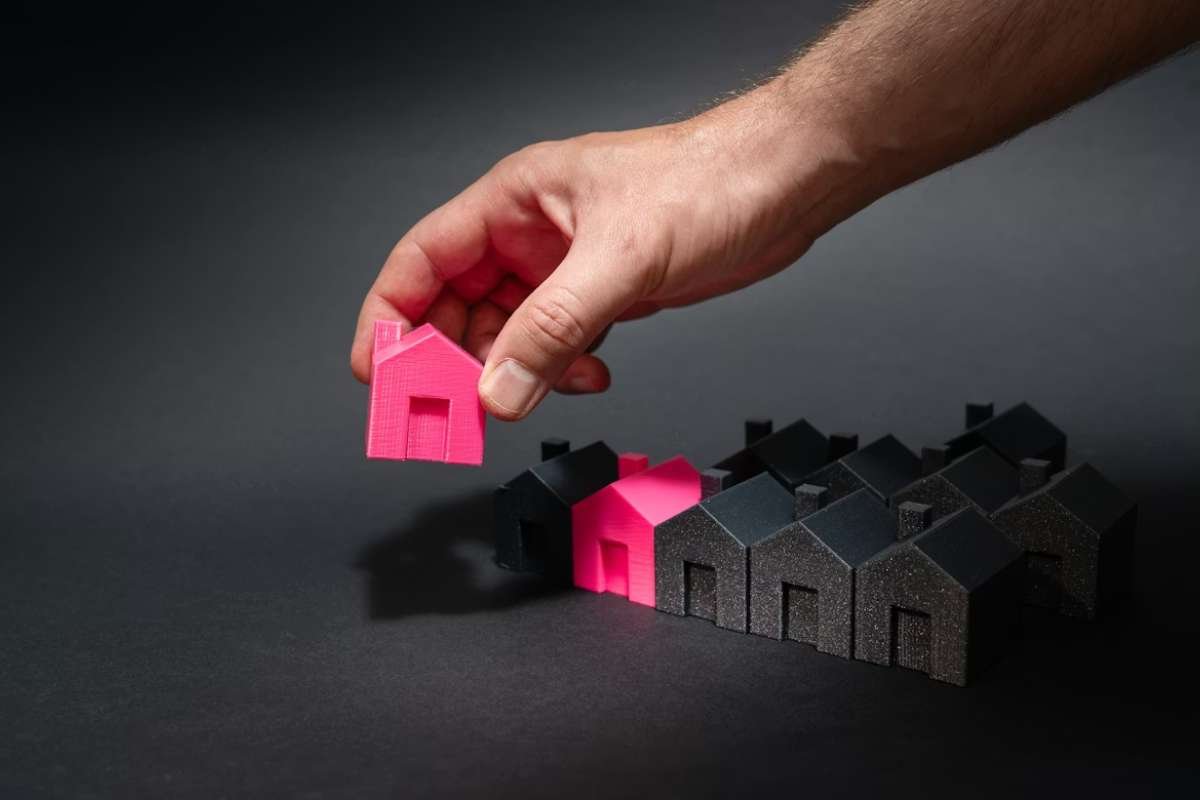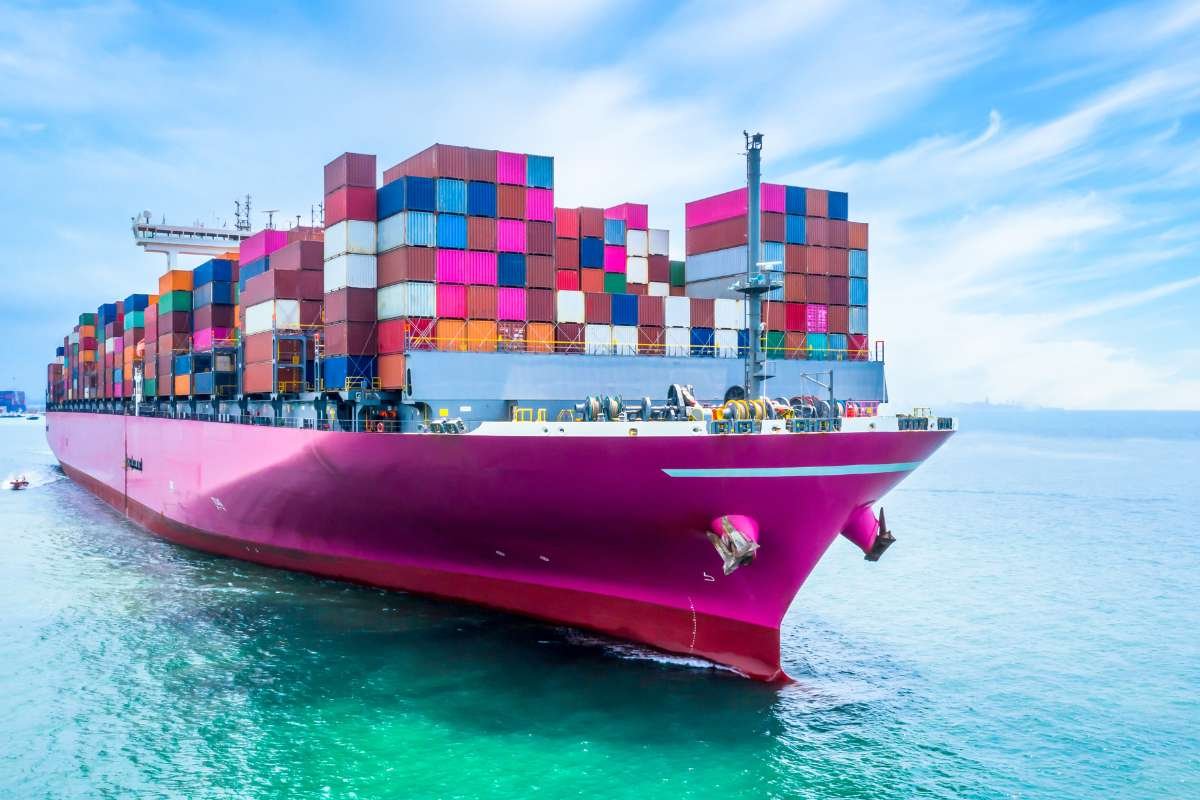Extreme climates present unique challenges for traditional construction methods, where materials like corrugated metal often struggle to withstand heavy snow loads, powerful winds, and rapid temperature changes. These harsh conditions can lead to increased maintenance costs, structural damage, and even safety concerns for workers and stored materials. Fortunately, modern fabric structures have emerged as a durable and cost-effective alternative that outperforms conventional building methods in these demanding environments.
Across North America, industries ranging from agriculture to military operations are discovering the benefits of fabric building solutions. This article explores four examples of the various industries that took advantage of this innovation. Keep reading to learn more.
Fabric Buildings Across Industries
Fabric buildings are pre-engineered structures, which means they offer rapid deployment and structural integrity. These two factors, among many other benefits that fabric buildings offer, allowed the following industries to make far-reaching and impactful changes:
1. Agricultural Storage & Livestock Housing

Fabric structures solve critical agricultural challenges, outperforming traditional barns in protection and efficiency. For grain storage, fabric buildings prevent moisture and pests while maintaining ideal conditions through breathable materials. The flat grain storage building design maximizes vertical storage without condensation issues of metal silos.
Meanwhile, fertilizer storage benefits from chemical-resistant PVC fabric that prevents corrosion and leaks, keeping materials stable until use.
Livestock thrive in fabric cattle barns and hog barns, which offer:
- Healthier natural lighting
- Better airflow reduces humidity/ammonia
- UV protection without heat buildup
Hoop shelters also provide snow-shedding, column-free space for hay and equipment. Overall, fabric delivers durable, efficient solutions for every agricultural need.
2. Industrial Uses
Fabric structures have become indispensable solutions for industrial operations facing extreme weather challenges.
For bulk material storage, tension fabric buildings outperform conventional options like corrugated metal in several key ways. The sand and salt storage dome configuration prevents clumping and corrosion that plague metal structures, while the non-porous fabric surfaces resist chemical degradation from de-icing materials.
Conversely, warehouse and distribution operations gain significant advantages from fabric buildings’ clear-span designs. The column-free interiors maximize usable space for inventory and equipment movement, while natural lighting reduces energy costs.
3. Sports & Military Applications
Indoor athletic facilities benefit from diffused natural lighting and wide-span designs, making them perfect for athletic space needs. Meanwhile, the military relies on PVC fabric buildings for military aircraft shelters due to their quick assembly and resistance to extreme weather.
4. Custom Solutions for Every Need

Whether it’s a wall mount fabric structure, quonset shelter, or arch storage tent, truss arch specialists tailor designs to specific storage applications. A thorough site evaluation ensures the structure meets local climate demands.
Why Choose Fabric Over Traditional Materials?
When evaluating construction options for extreme climates, fabric buildings consistently outperform traditional materials like steel and concrete in several key areas. Here’s why more industries are making the switch:
- Dual truss frame systems provide unmatched strength by combining structural stability with lightweight efficiency. These specially designed structural systems are engineered to withstand extreme snow accumulation and powerful wind forces, all while preserving completely open interior spaces without the need for supporting columns.
- Installation services for fabric structures offer significant time savings, with most buildings being erected in days rather than weeks. The pre-engineered components arrive ready for assembly, minimizing on-site labor costs and weather-related construction delays that plague traditional builds.
- The financial advantages materialize through three key factors: significantly lower initial construction expenses, minimal ongoing maintenance demands, and substantial energy cost reductions. Unlike metal buildings that require frequent repainting and rust prevention, high-quality PVC fabric maintains its integrity for decades with minimal upkeep.
From initial construction to long-term operation, fabric buildings deliver practical advantages that translate into real cost savings and operational efficiency. When durability, speed, and value matter, fabric structures prove to be the more intelligent choice for extreme environments.
Energy Efficiency & Sustainability Features

Fabric buildings excel in energy efficiency through their inherent design advantages. The translucent fabric membranes allow abundant natural lighting to penetrate, reducing daytime electricity needs compared to conventional structures. This passive lighting solution, combined with excellent air circulation from the tensioned fabric design, minimizes HVAC requirements in both hot and cold climates.
Sustainability is further enhanced through material innovations and operational benefits. High-quality PVC fabrics are now manufactured with recyclable components and can last 20-30 years with minimal maintenance. When paired with solar-ready roof designs and rainwater collection systems, these structures offer some of the lowest carbon footprints in industrial construction today.
Conclusion
Fabric structures have emerged as the superior solution for extreme environments, offering unmatched durability, energy efficiency, and cost savings across industries from agriculture to military operations. Their rapid deployment, minimal maintenance requirements, and sustainable design address the critical challenges traditional buildings face in harsh climates. As weather patterns intensify, fabric buildings represent not just an alternative, but the wise choice for resilient, future-ready infrastructure.


















